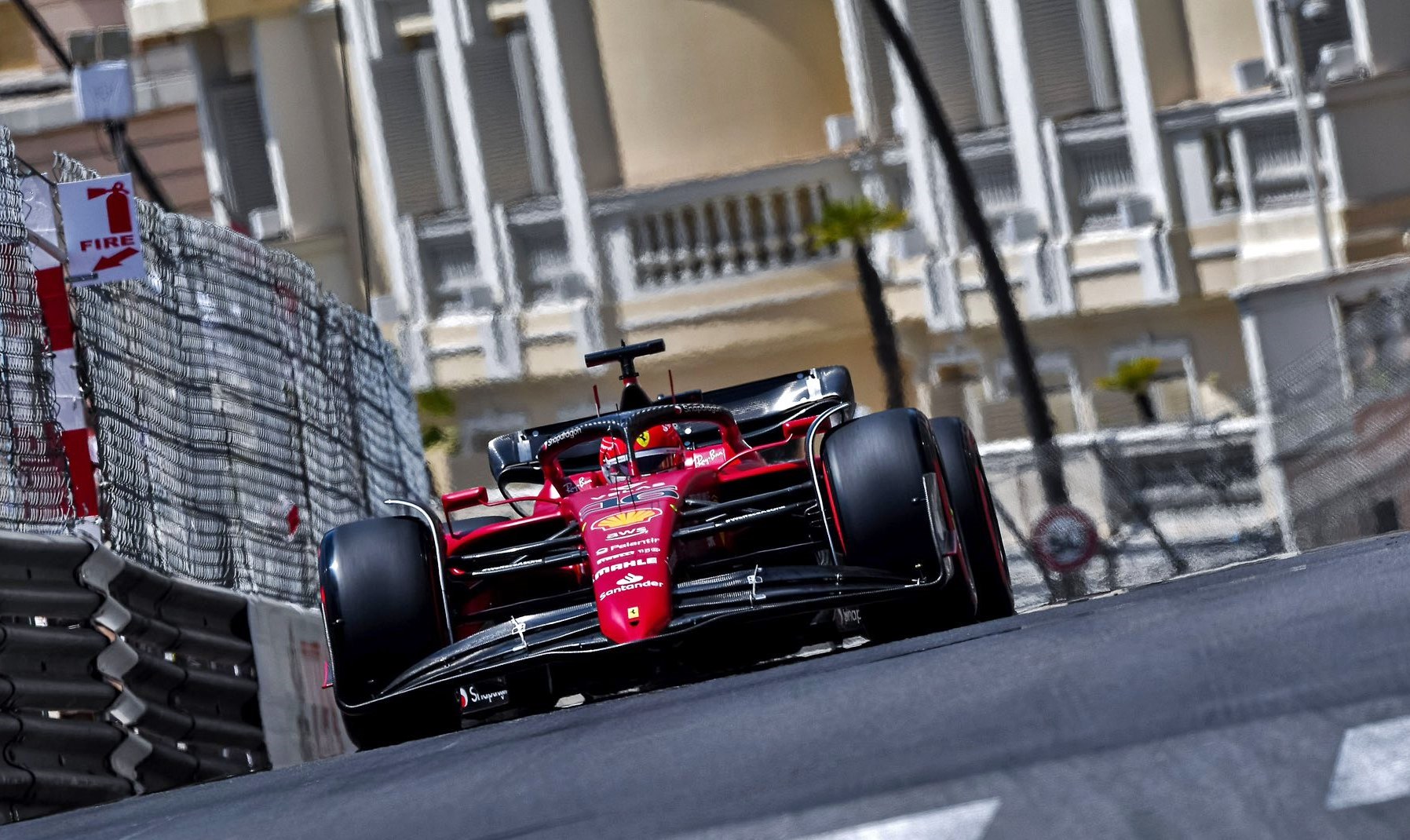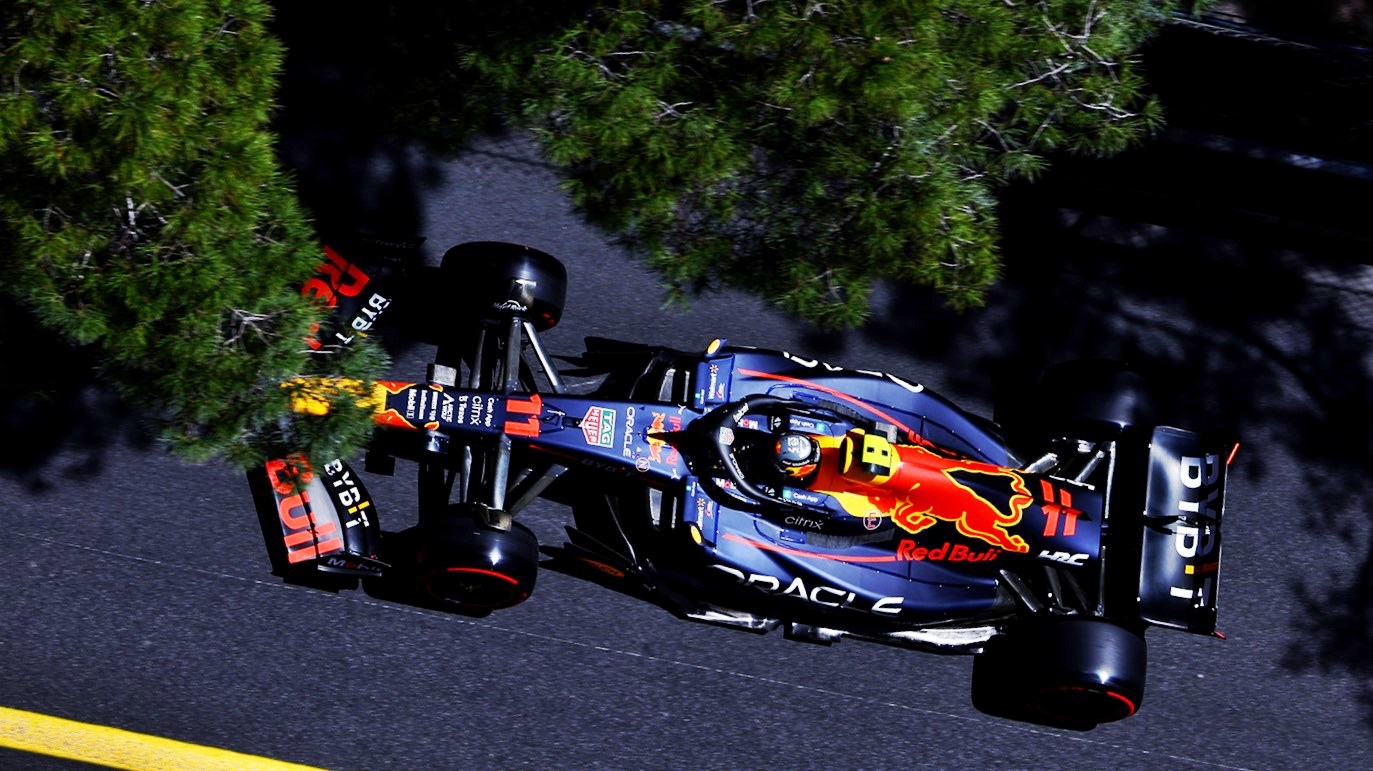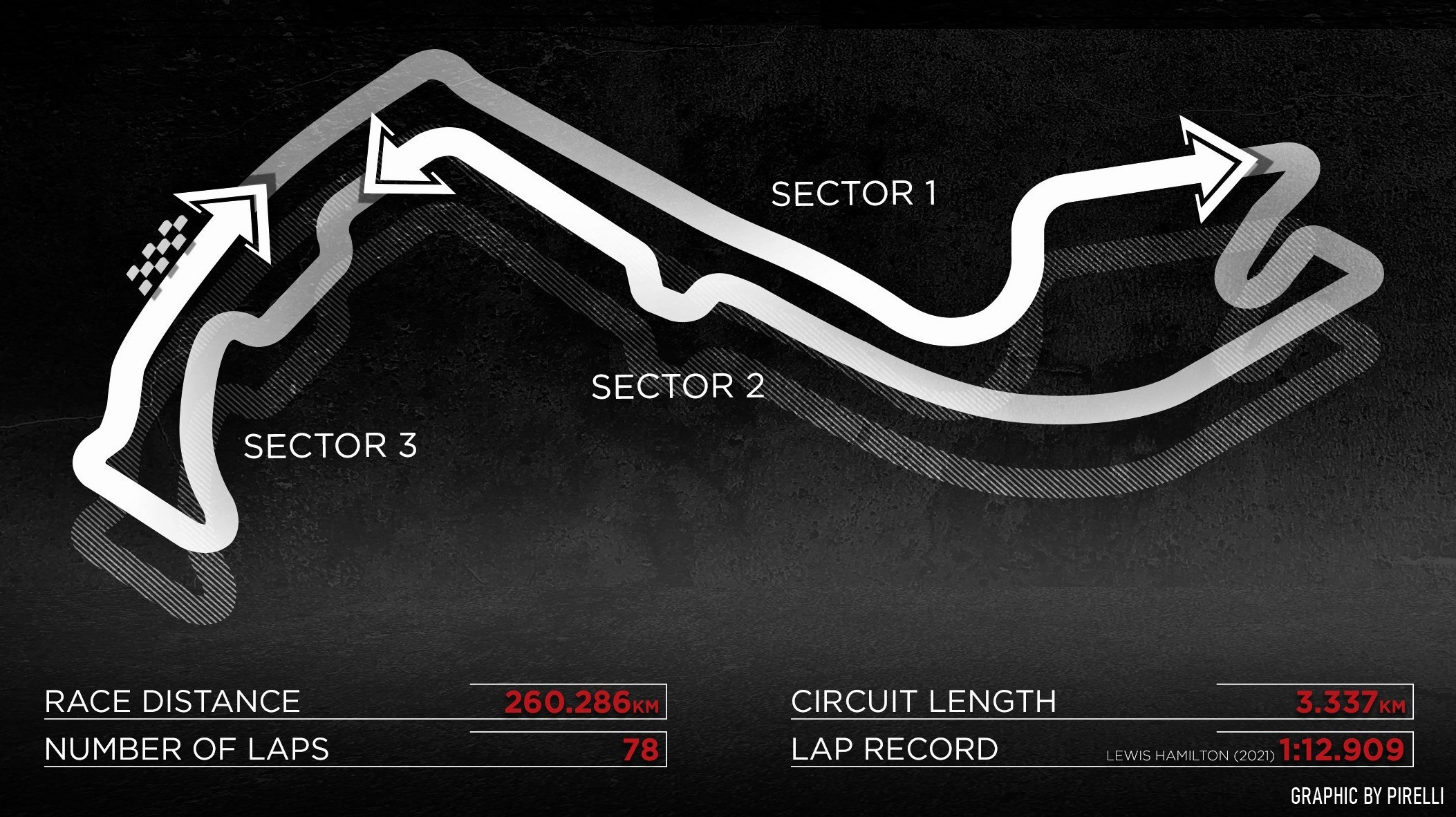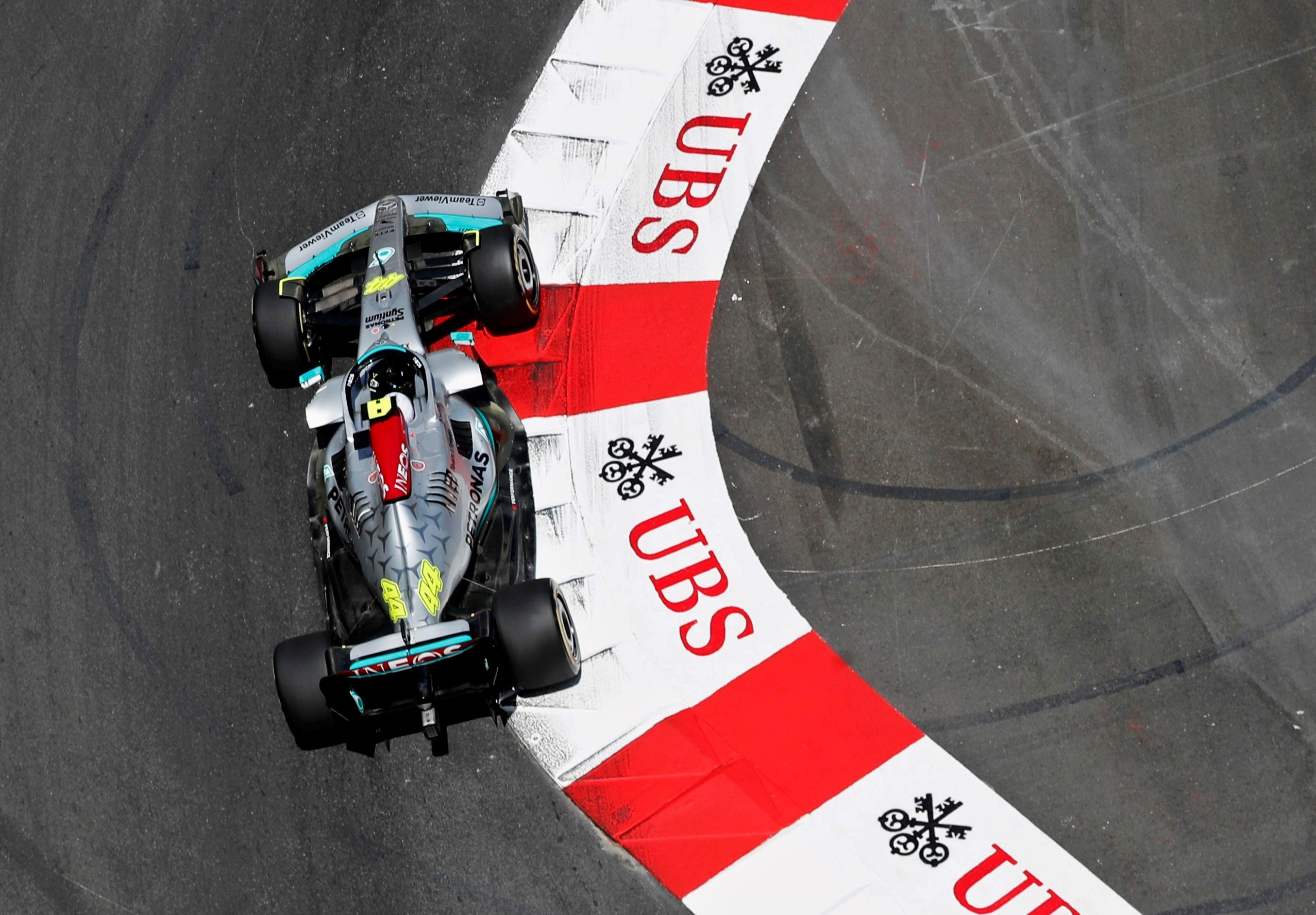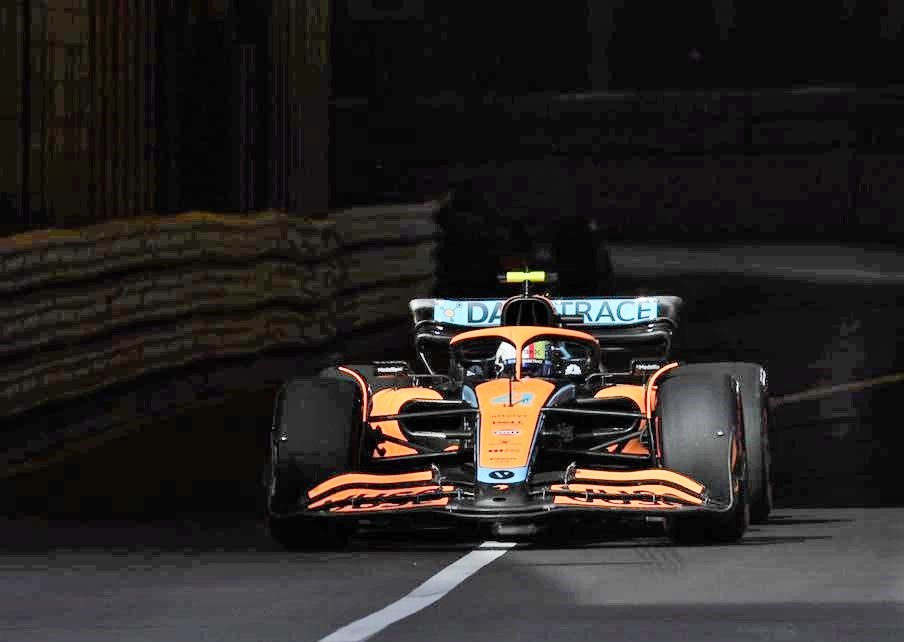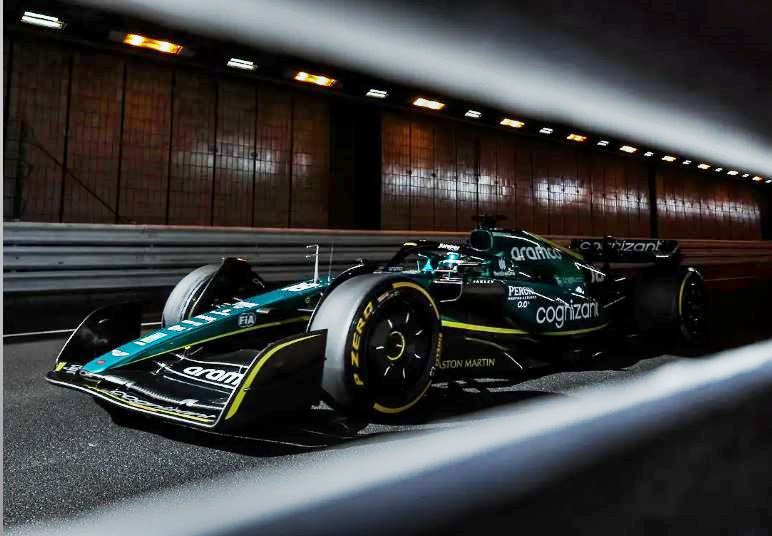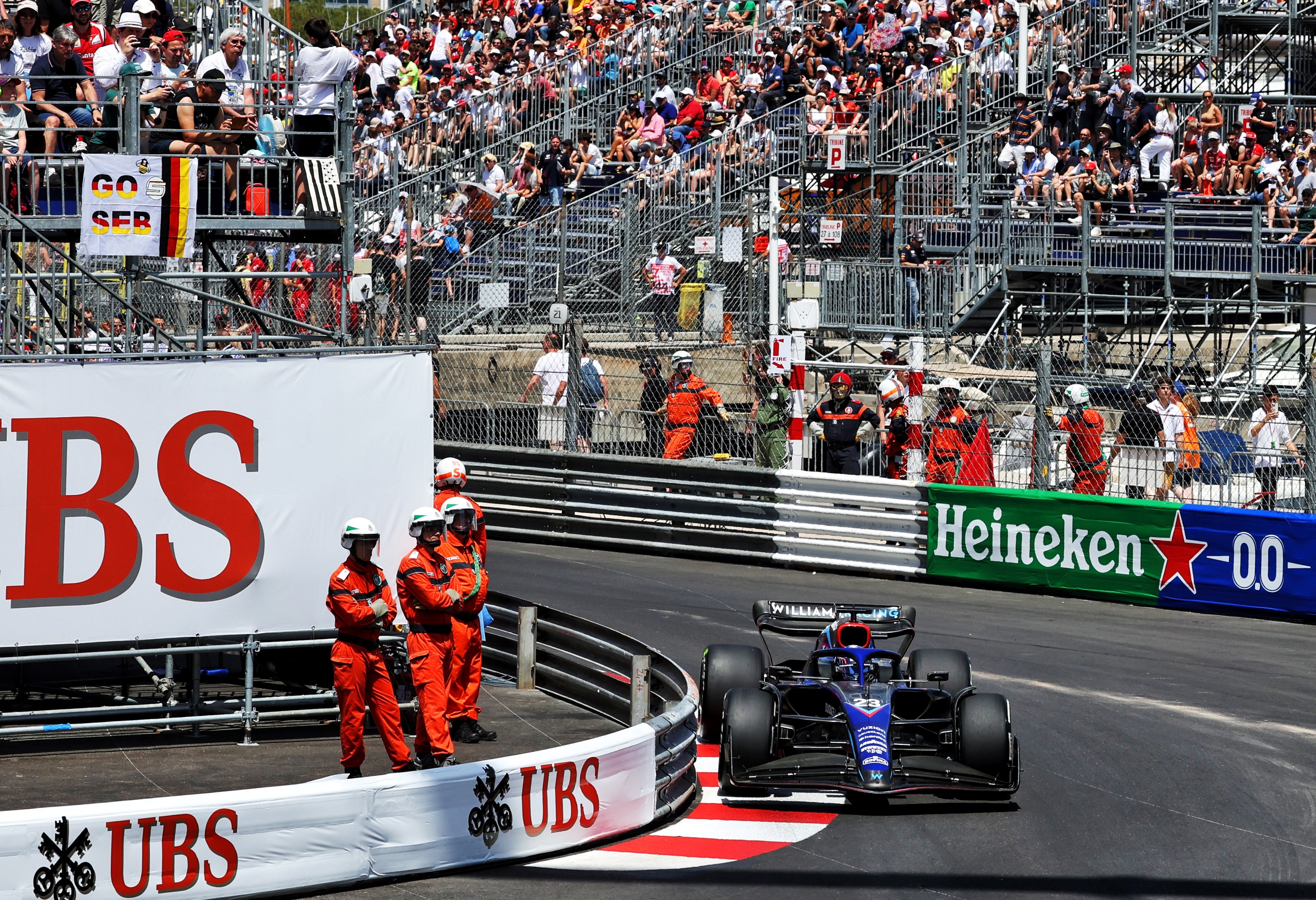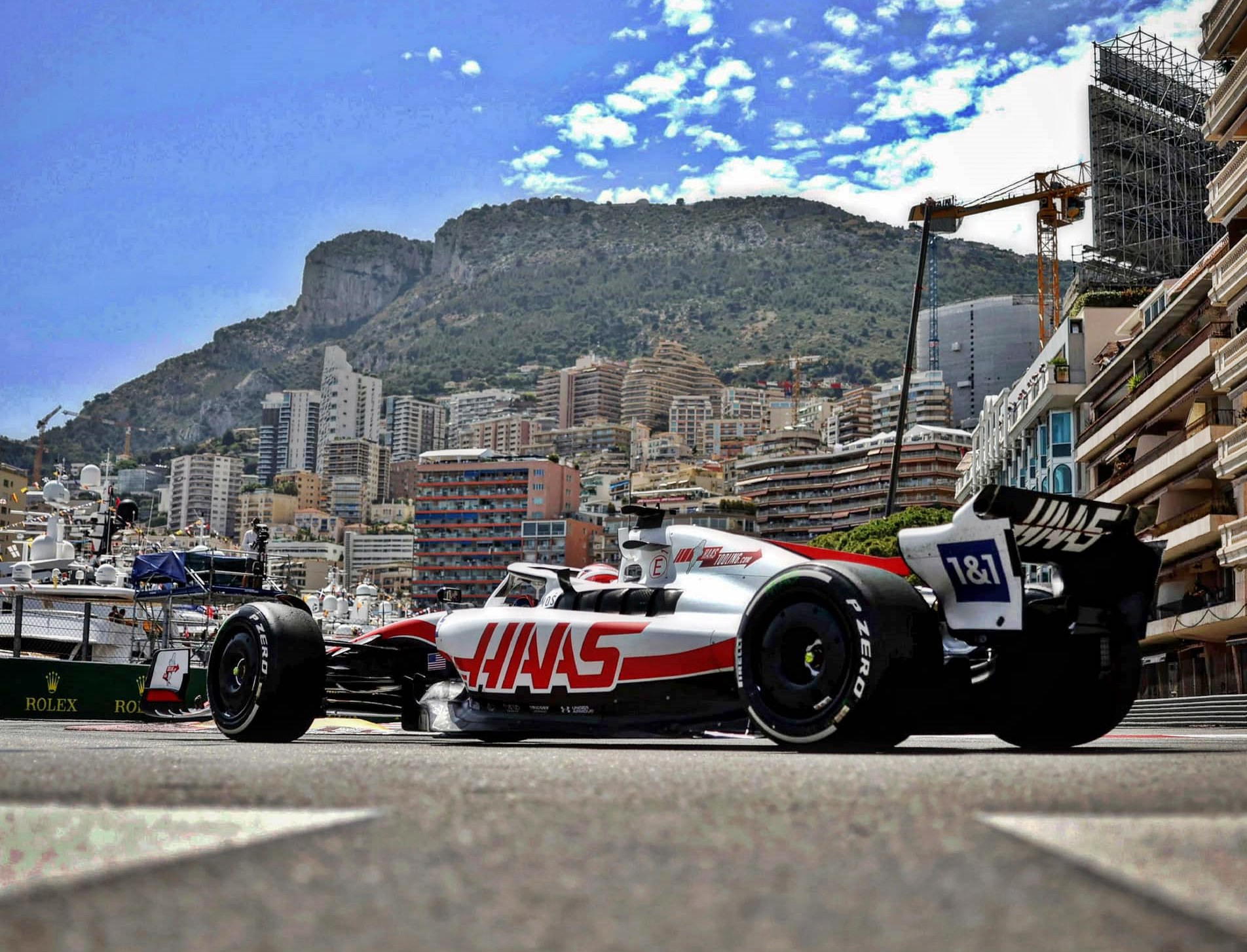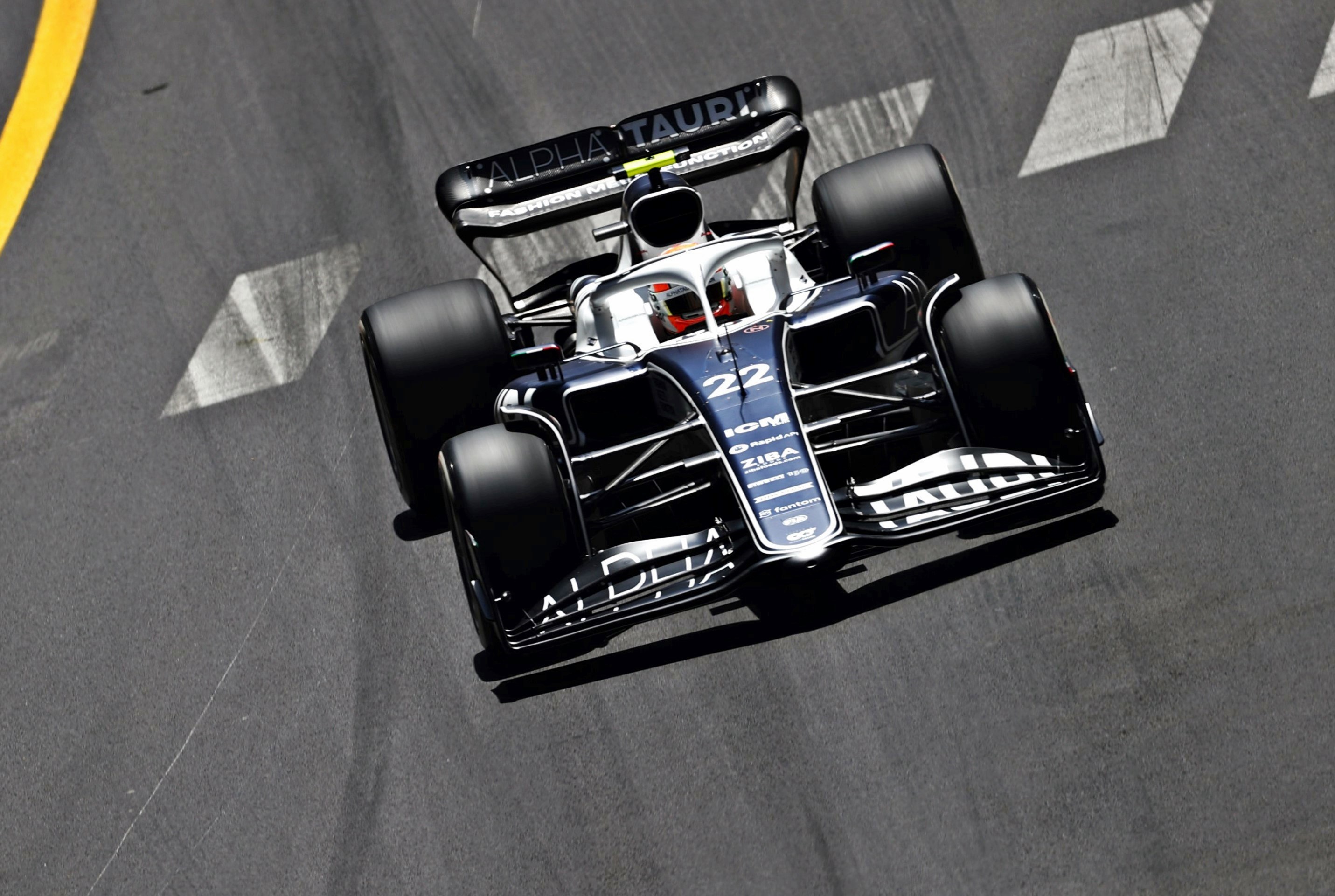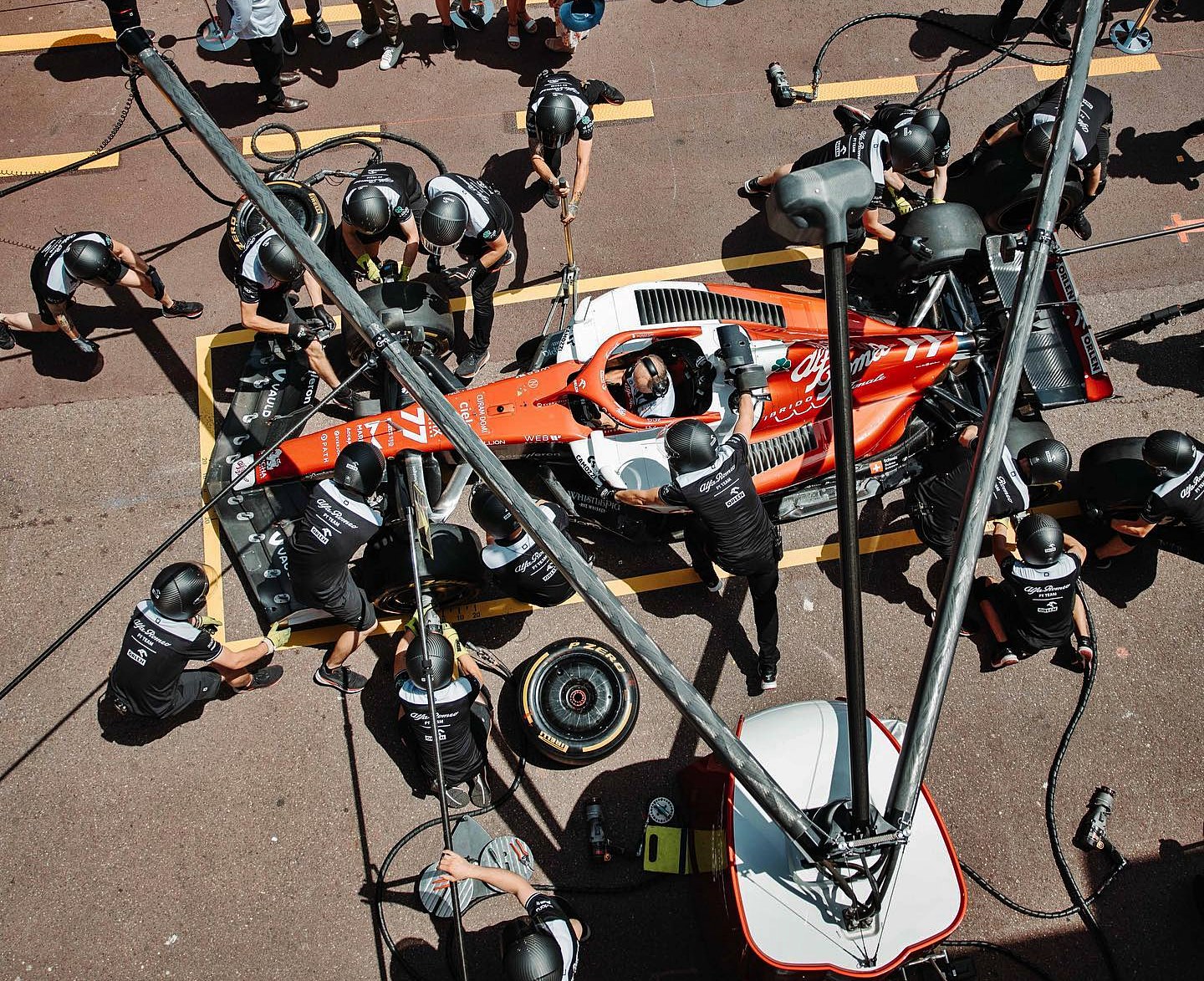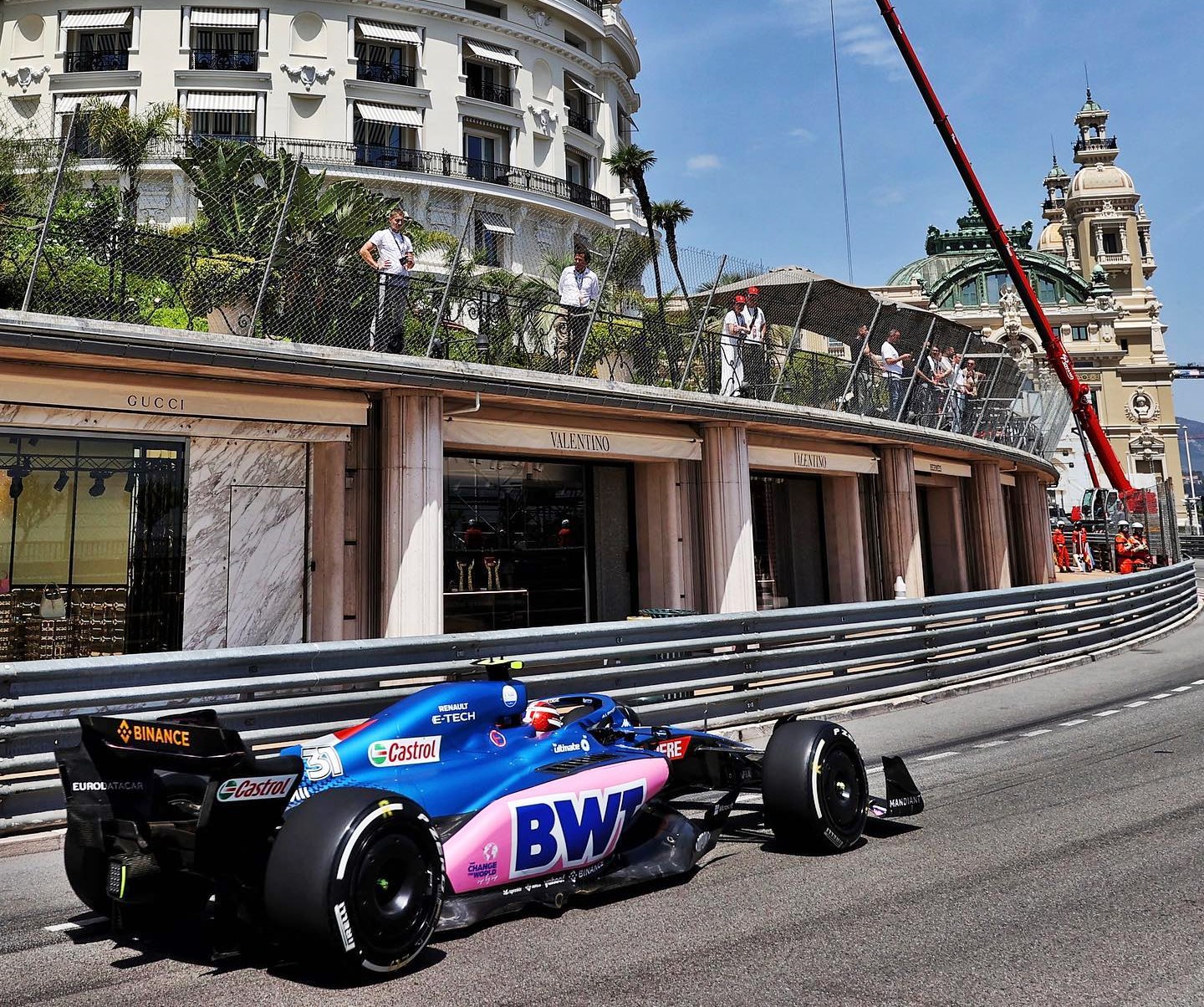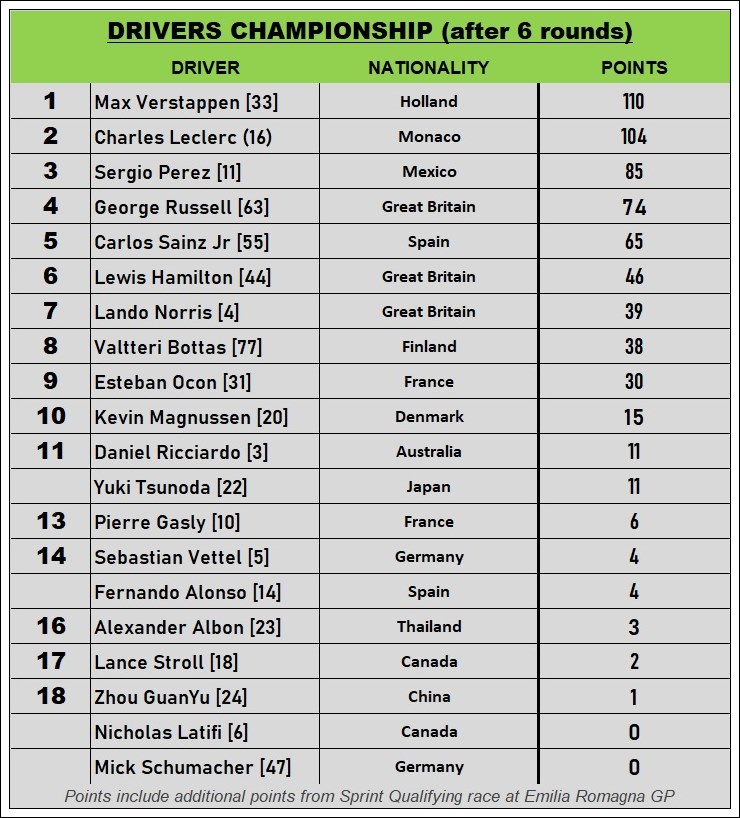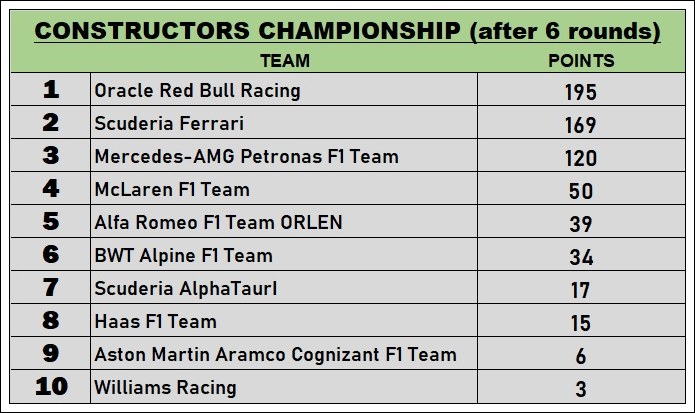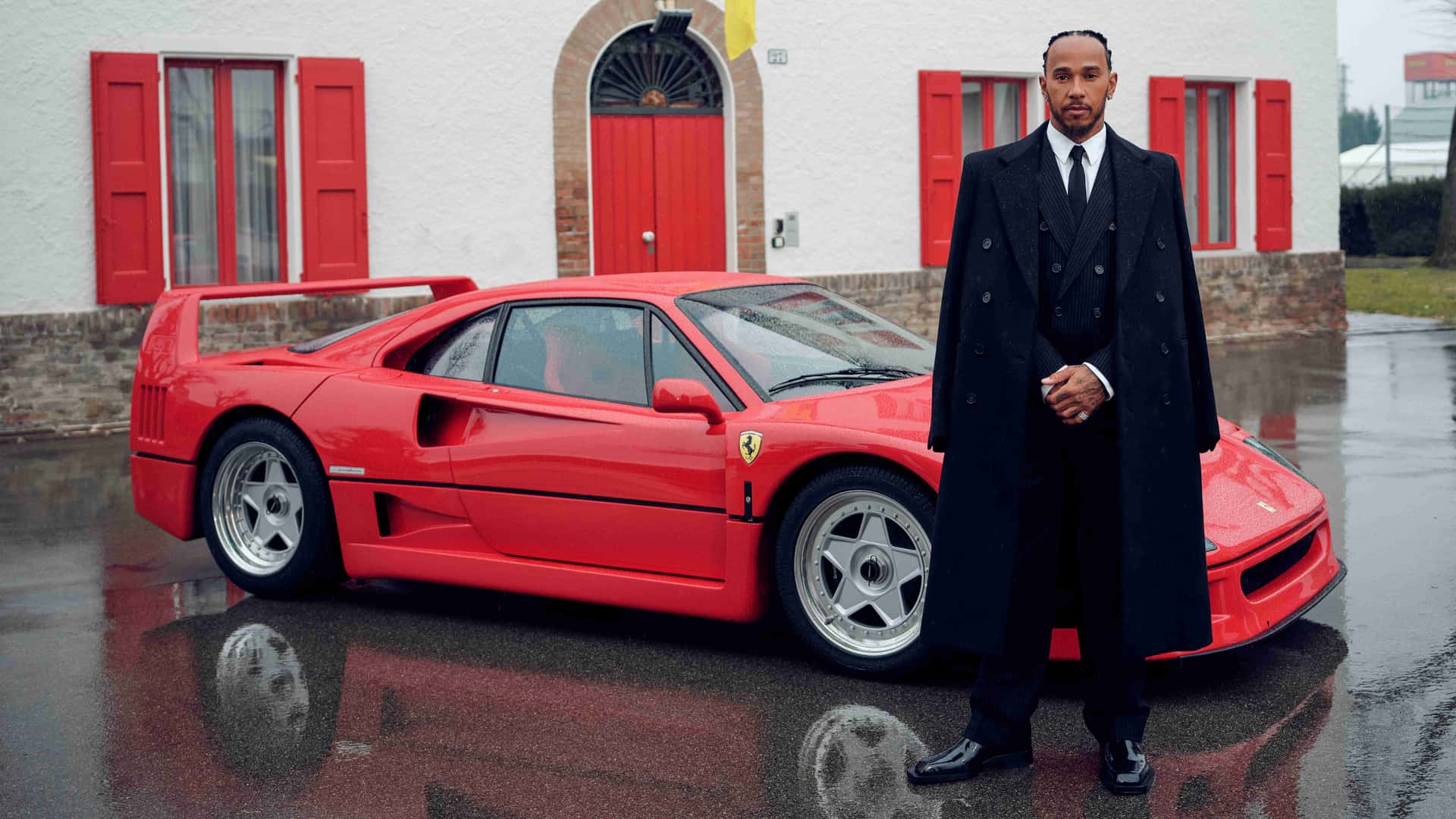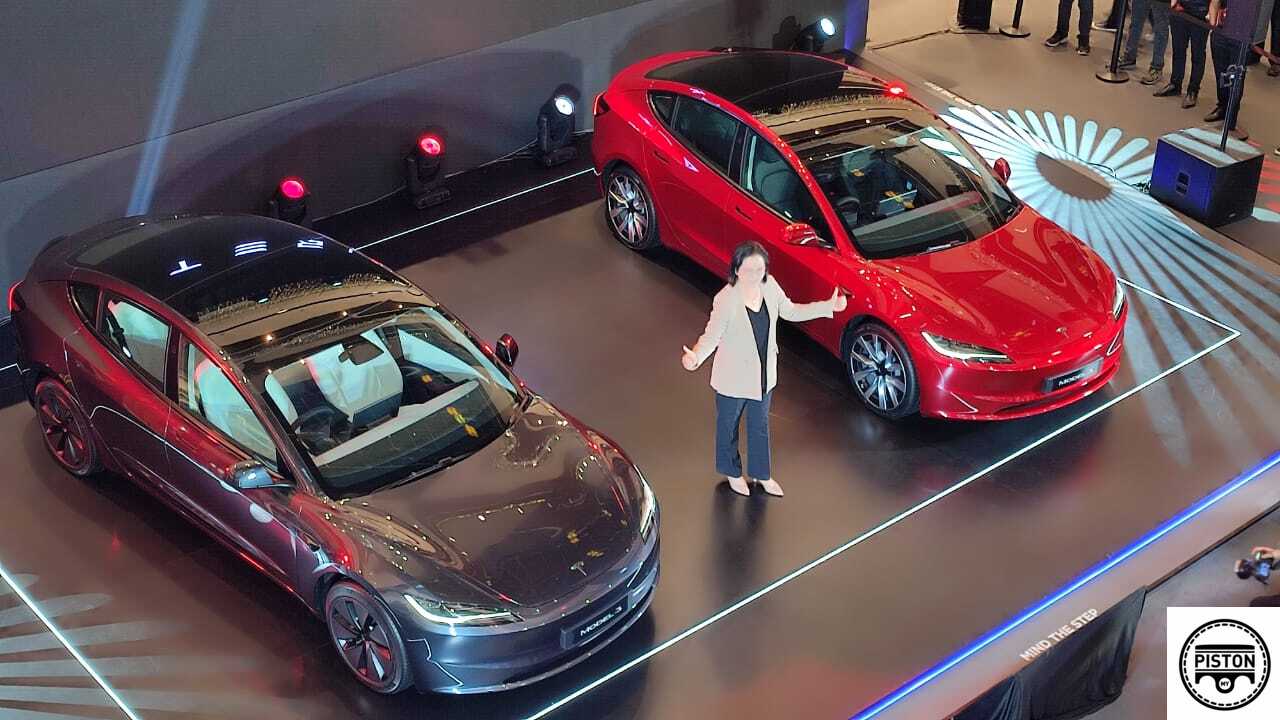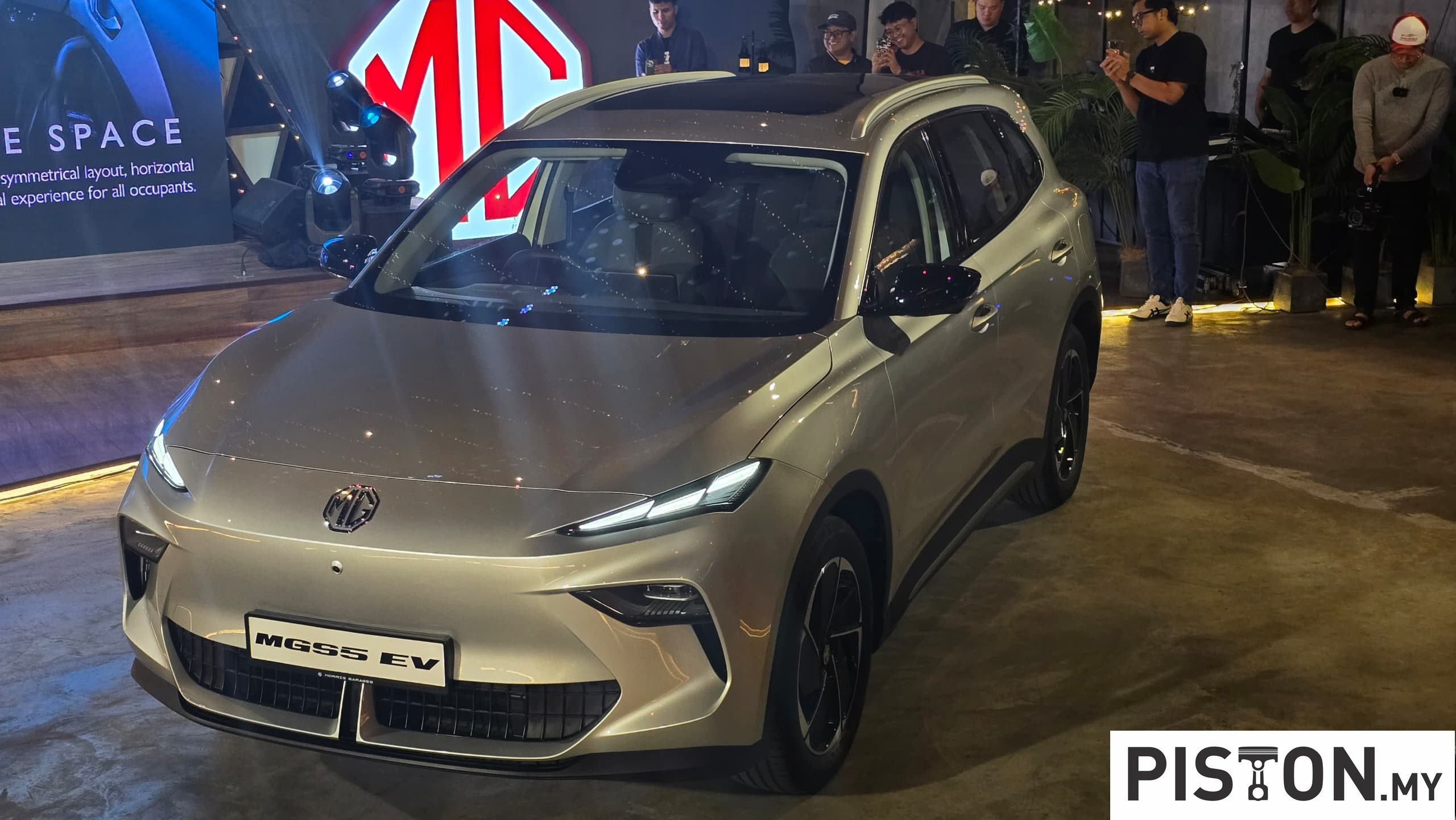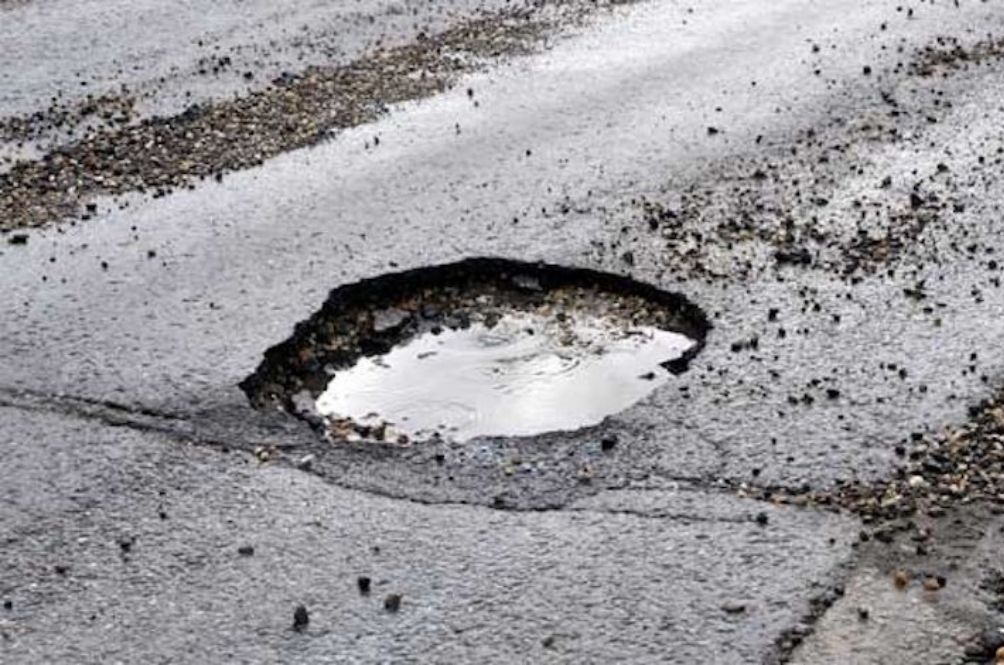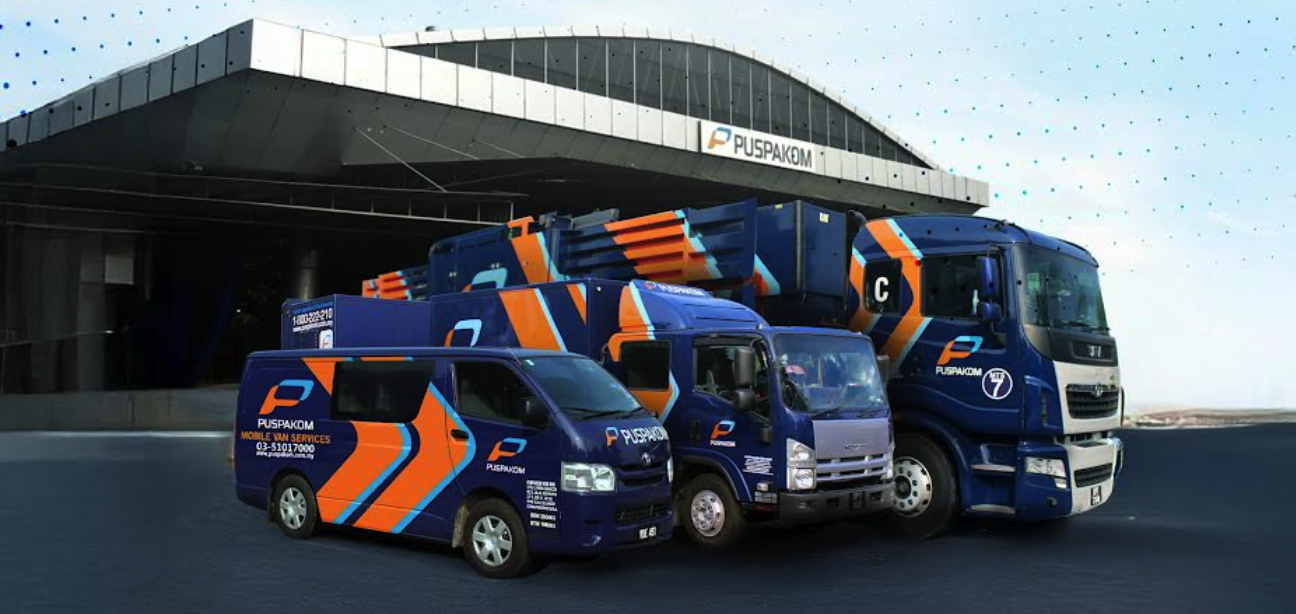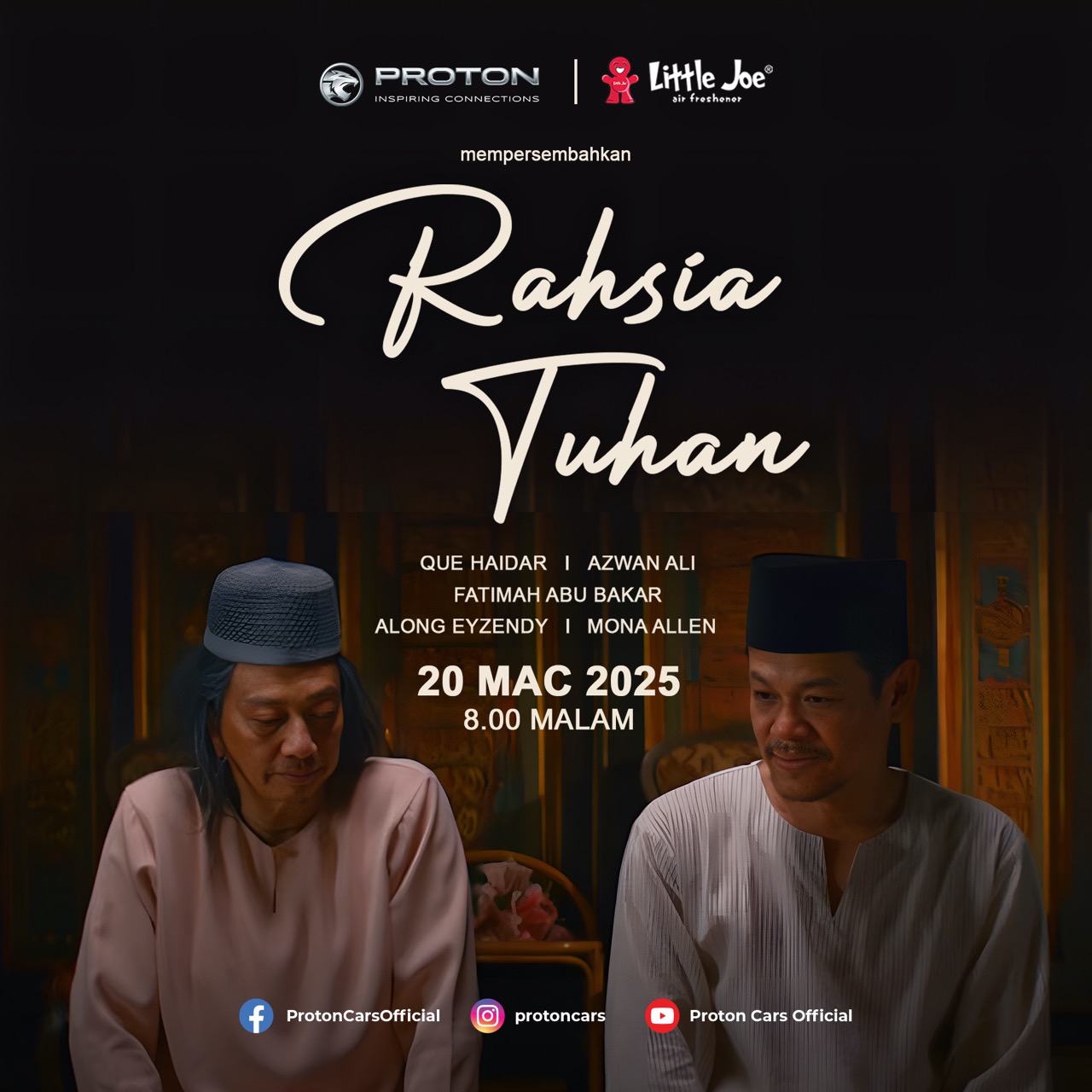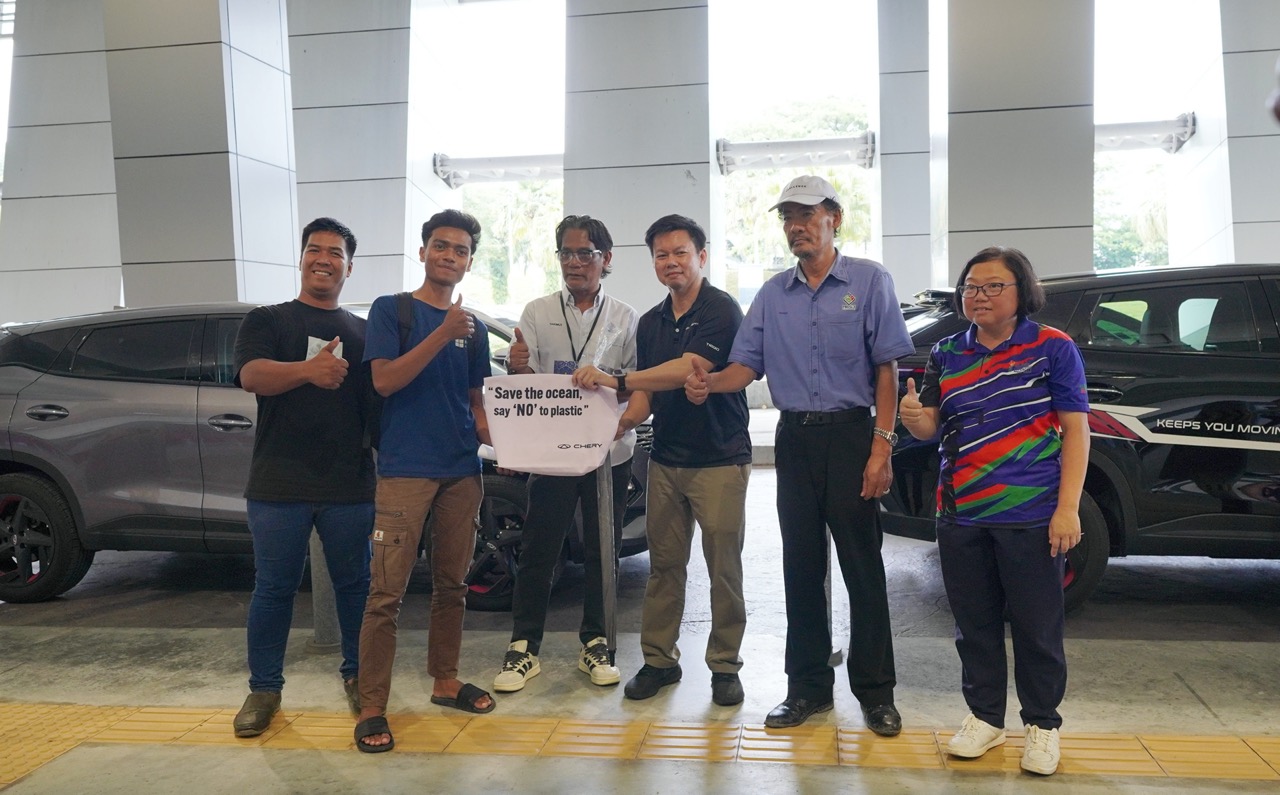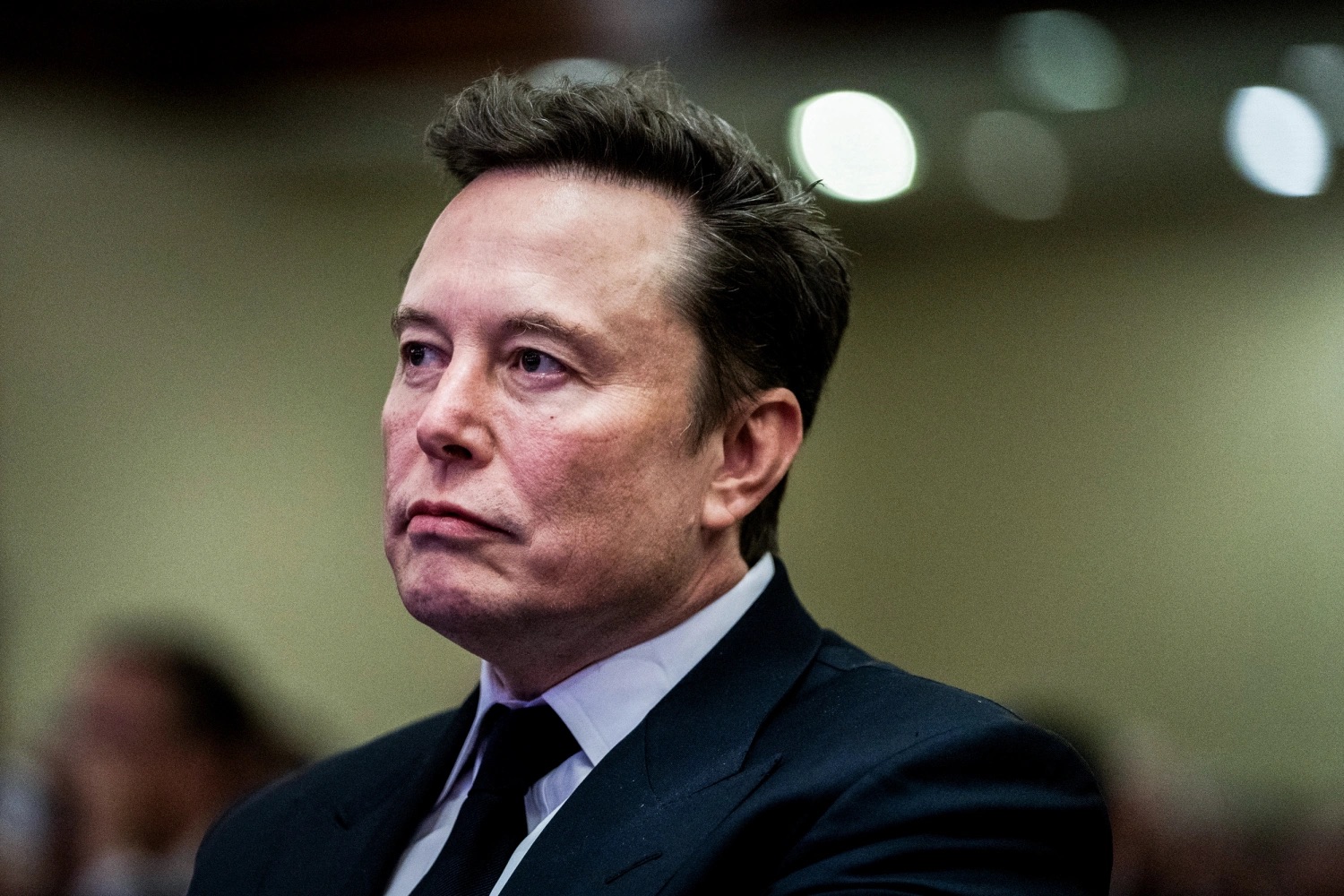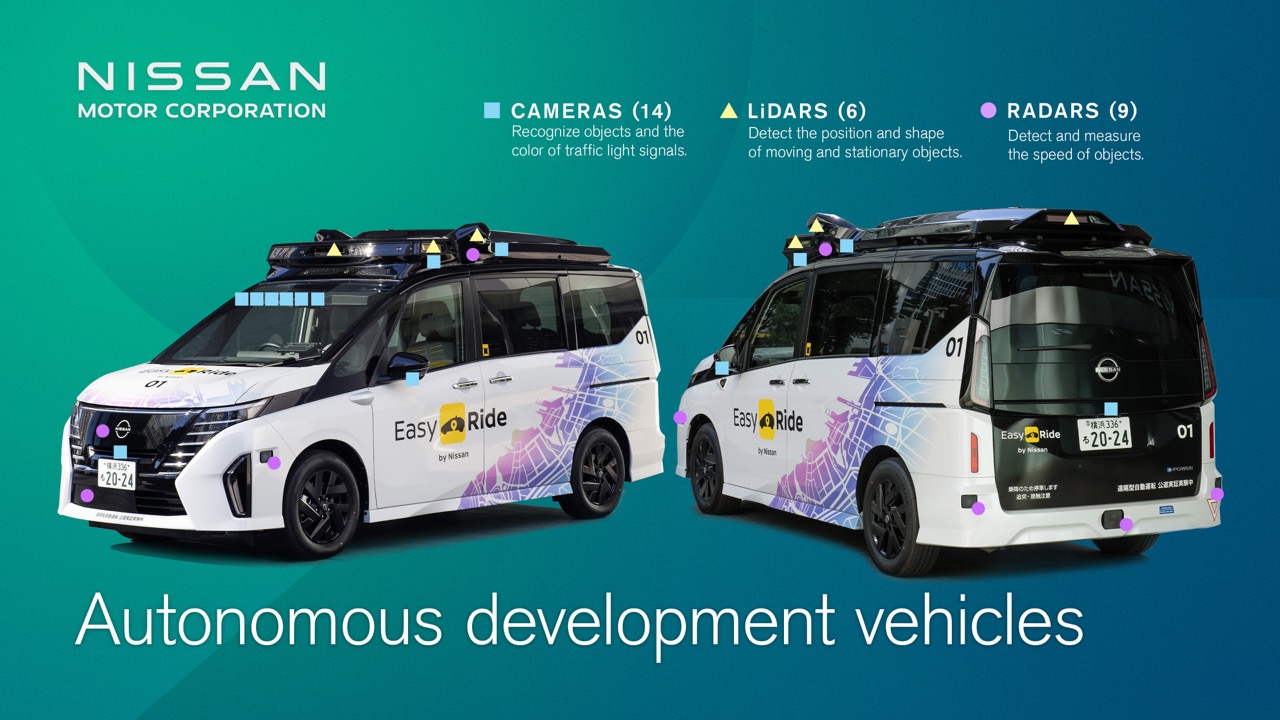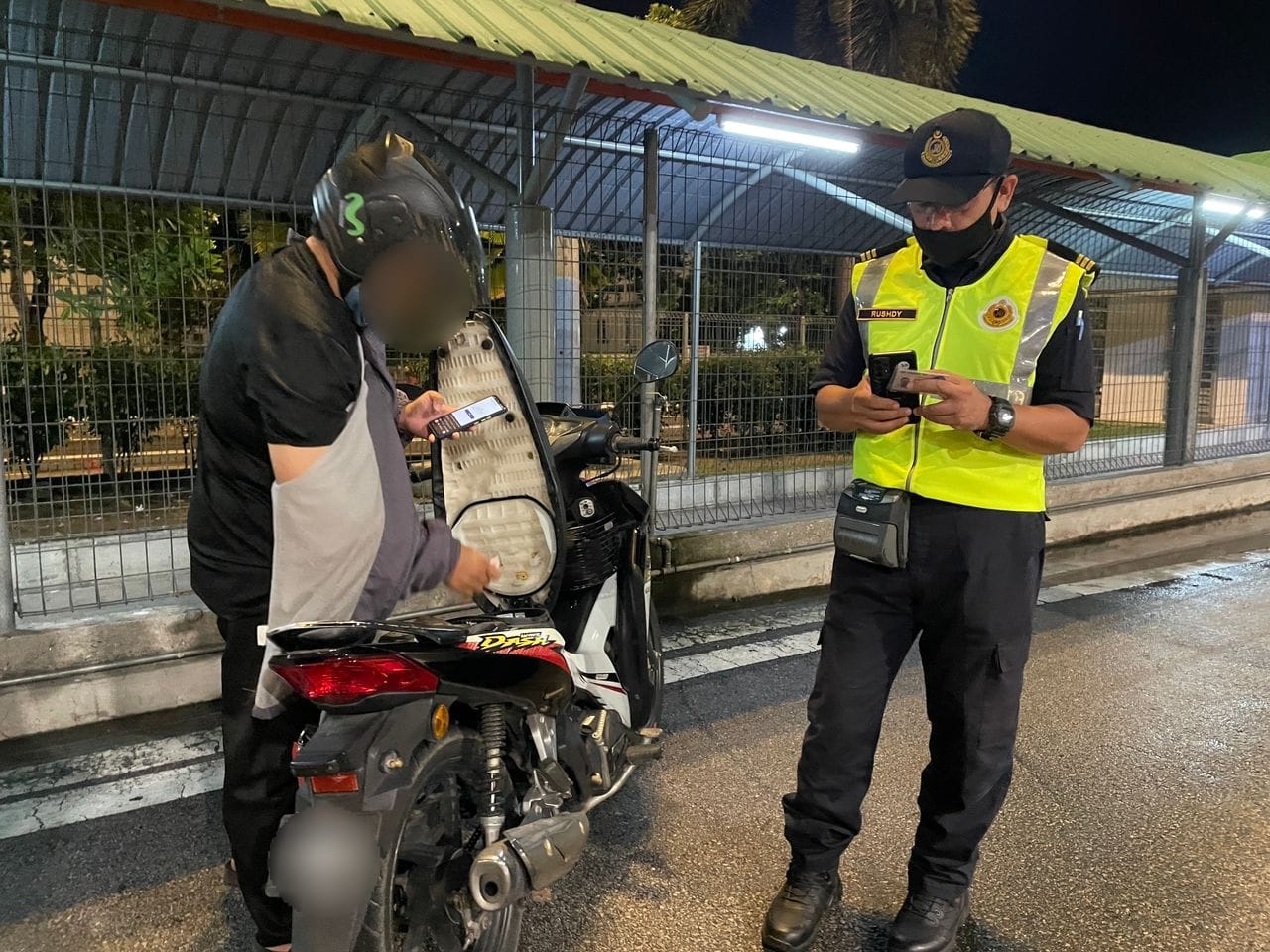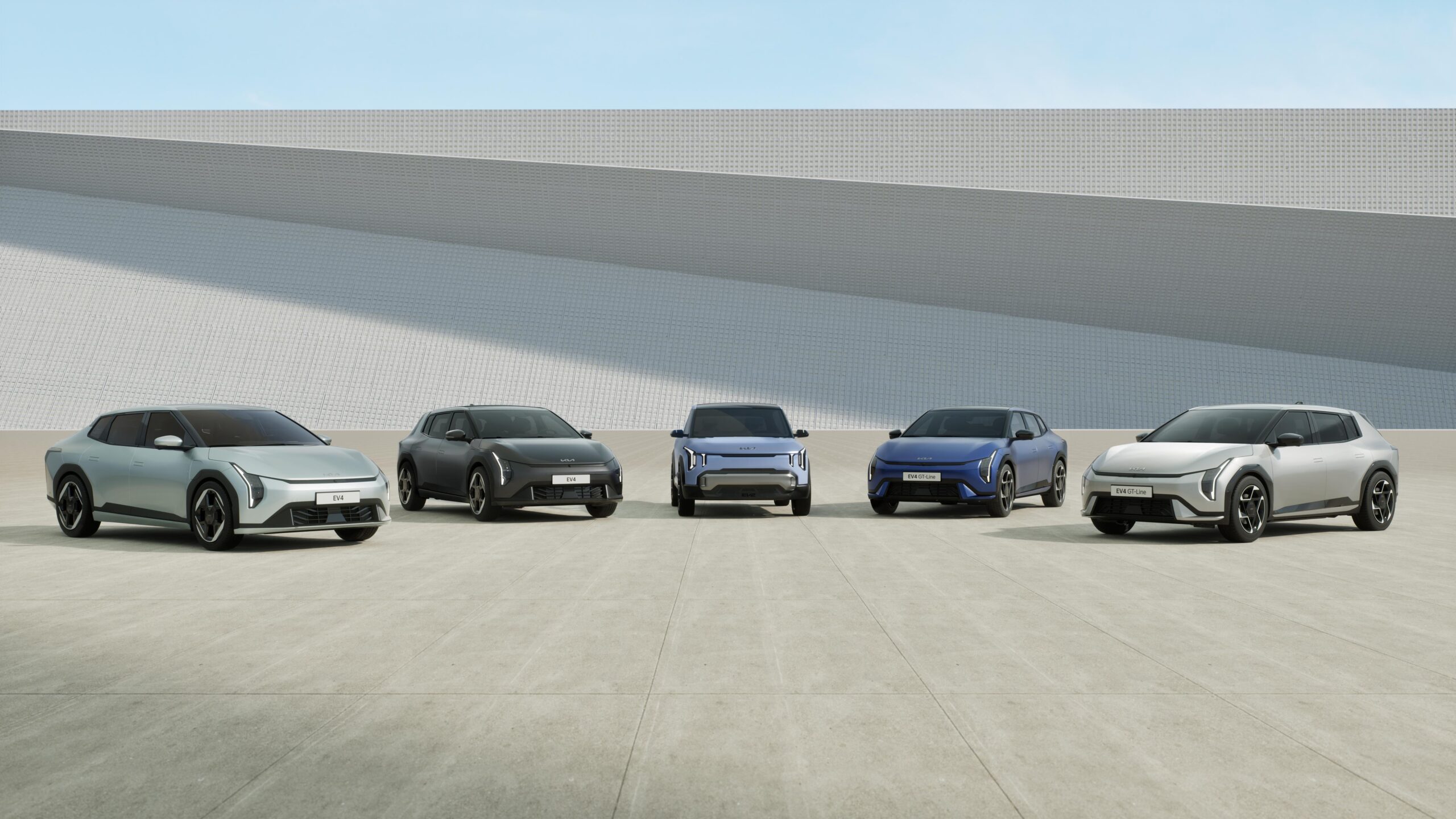Race starts at 3 pm in Monaco/9 pm in Malaysia
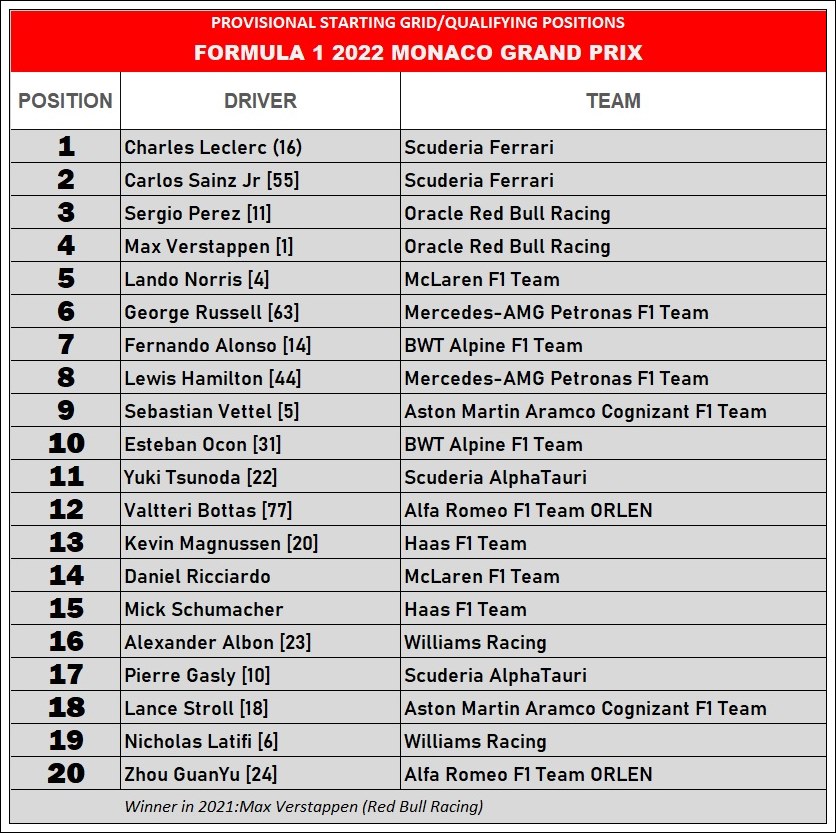
After the Spanish Grand Prix a week ago, Formula 1 is in Monte Carlo this weekend for the seventh round of the 2022 World Championship – the Monaco Grand Prix. This is among the oldest events and this year is the 68th time the event has been held as a championship round. It was on the original calendar in 1950 and has only been cancelled once – in 2020, when the COVID-19 pandemic forced authorities to stop all public gatherings.
The Monaco GP is probably the most famous race of each season and for a while, its major attraction was being a street circuit. Because it uses public roads, the track is narrow with many tight turns. It is a challenging track with no run-offs, just concrete walls and barriers. Overtaking is nearly impossible, putting the emphasis on qualifying – but the drivers have always loved it.

There is a high risk of incidents, and the Safety Car has often influenced the race outcome at this track in the past. However, as with the other tracks so far, the new generation of F1 racing cars this year will also present new challenges as their behaviour and performance will be different.
“Winning a race there in 2008, I felt like I was at the top of the highest mountain of the world,” said Mercedes-AMG’s Lewis Hamilton. “So many different things need to come together for that to happen and it is a track where you just can’t leave anything on the table.”
“Usually after that race, you are mentally destroyed for a good couple of days,” Hamilton said. Other tracks require a mix of physical and mental strength but, in Monaco, the focus is much more on the mental side, due to the levels of concentration needed to lap the circuit.
“Monaco is a circuit that’s probably the highest in concentration and mental focus,” he explained. “The street circuit nature, the fact it is quite short and there are not very long straights. It’s not a massively physical circuit because we are not doing really high speeds through corners and pulling the g-forces you would somewhere like Barcelona. But your mind is having to work so much faster.”
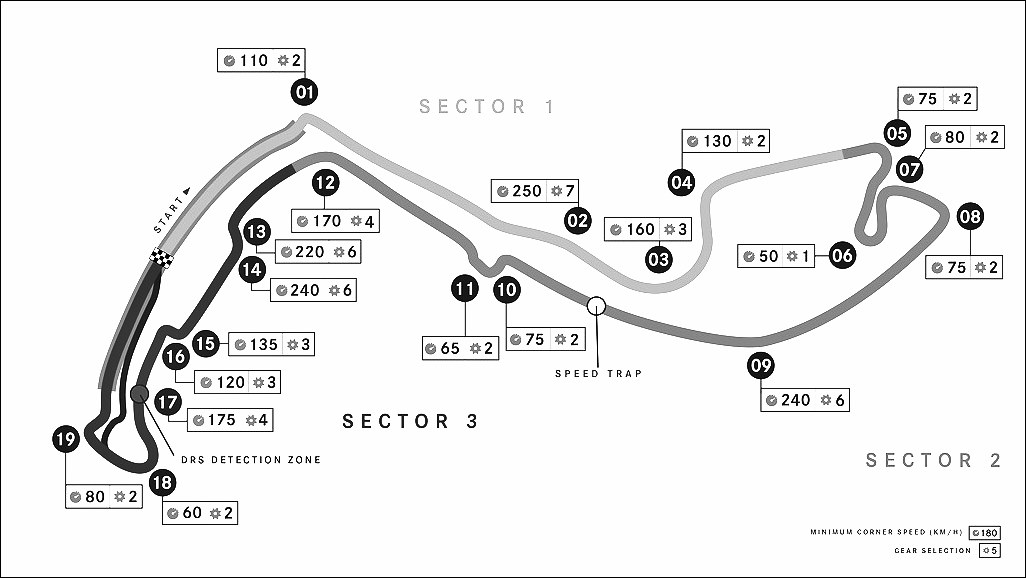
Over just one lap in Monaco, there’s little time for drivers to rest, taking multi-tasking to the next level. Balancing the brake, throttle, steering, dealing with the forces and feeling what the car is doing through their body, and also paying attention to their surroundings – there’s a lot for drivers to deal with over a lap that is just 3.337 kms in length.
And then you have to consider the drivers making switch and steering wheel changes as they lap the track, too. With few straights, there aren’t many opportunities to take their hand off the wheel and make those adjustments. So teams have to really consider whether it’s worth the risk of drivers making switch changes, and also ensure they head out on track each time with the correct settings, to minimise the workload.
When it comes to the track layout, the circuit is dominated by slow and medium-speed corners, including some of the lowest corner speeds on the calendar. The slippery street asphalt (which is opened up to traffic each evening) and slow speeds mean that the energy going through the tyres is low, with minimal wear and degradation, but quite a high degree of track evolution each day.
All this means that a one-stopper is the norm in Monaco, but there’s quite a wide pit-stop window and the timing of the stops can be influenced by Safety Cars, which are very likely around the tight confines of the circuit.
The cars run a special high-downforce configuration for Monaco in order to maximise grip at low speeds, with combined grip generated both mechanically from tyres and aerodynamically from downforce. This is obviously the first time that the new generation of 18-inch Formula 1 cars has raced at Monaco though, so the teams will have a lot to learn about how they react in these unique conditions, with the weather on the Mediterranean coast sometimes hard to predict at this time of year.
“Monaco is often described as one of the most unpredictable races of the year,” said Pirelli’s Motorsport Director, Mario Isola. “We might see some different strategies this year, with some drivers picking harder compounds to begin the race to target running a long first stint, given the difficultly of overtaking. Others may choose a more traditional approach by starting on the softest compound, at a race where strategy can make a real difference.”




